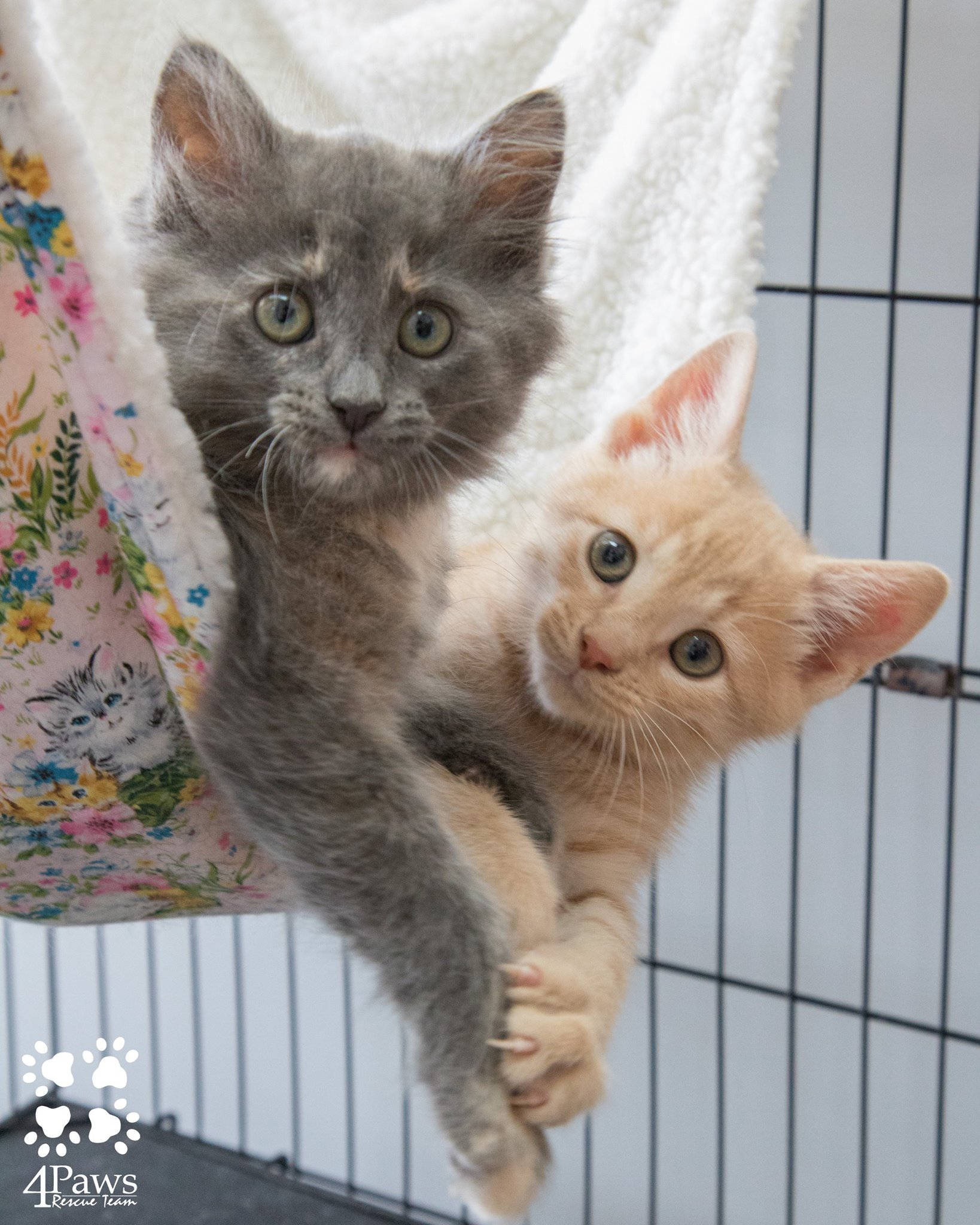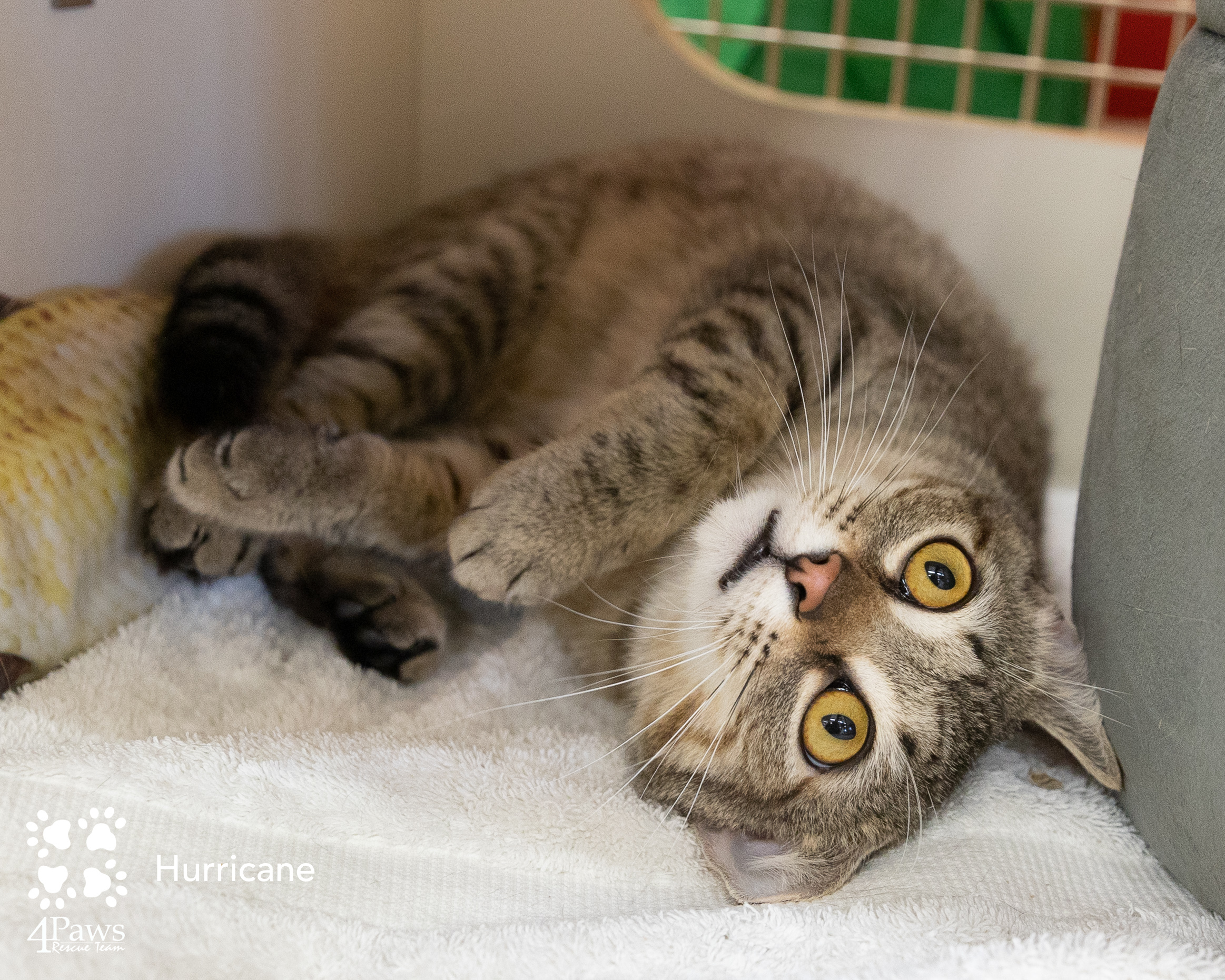First of all, congratulations! Cats and kittens can be great additions to any home, family, and even barn.
Create a Safe Space for Kitty
If you don’t have any other pets in the house, you should still start your new cat in a “safe room.” Cats like smaller, more confined spaces. Your new pet will acclimate better if started in a single room instead of being given access to the whole house right away.
The “safe room” should have a secure door and be away from the noise and activity of the rest of the house. Generally you want to choose a room that does not offer a lot of hiding places (like under a bed). The room that you choose should be a place where family members can easily interact with the cat– usually a den works best.
Set up the “safe room” before bringing your new cat home. The room should have food, water, litter box, scratching post and toys. When you bring your new pet home, leave him in the carrier until you get to the room where he will be staying. Once in the room, open the carrier door and let him come out at his own pace.
At First, Don’t Lavish Affection
Remember, everything is very new and could be scary for your cat—new sounds and smells, separation from the familiar, etc. Give your cat time to settle into his new surrounds before lavishing him with attention. It may take a few or several days before he becomes comfortable with you… be patient and compassionate. It may help for you or other members of the family to just sit in the room with him and talk to him.
Test Out Playtime Preferences
After a couple of days, try playing with an interactive toy, such as a laser light or feather toy. Also, offering smelly fishy food is always a good way to go. To paraphrase– the quickest way to a kitty’s heart is through his stomach.
Explore the House… Slowly
Once your new furry friend seems comfortable with family members, you can start introducing him to the rest of the house or apartment. In general, your cat should stay in his “safe room” for at least the first week.
When the cat seems ready to venture out of his room, let him explore at his own pace. He will probably walk around carefully smelling every nook and cranny. Kitty should continue to stay in his room when you are not home until you are comfortable that he feels at home outside of his “safe room”—usually a second week will suffice for an adult cat, but longer for kittens.
Reassess the Litter Box Location
Once your new pet gets free roam of the house, you will most likely want to move the litter box to its permanent location. Any time you move the litter box, you should put the cat in the box (at the new location) and let him explore from that reference.
Some cats will acclimate to a new home faster than others. Following the steps listed above, will ensure a smoother transition for any cat. Best to be safe and go slow than to rush things and have a “scaredy” cat on your hands (or under the sofa).
Still have questions? Let’s talk!




